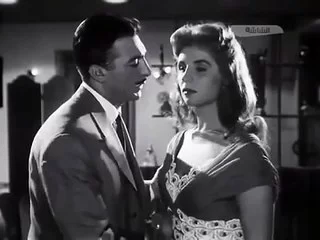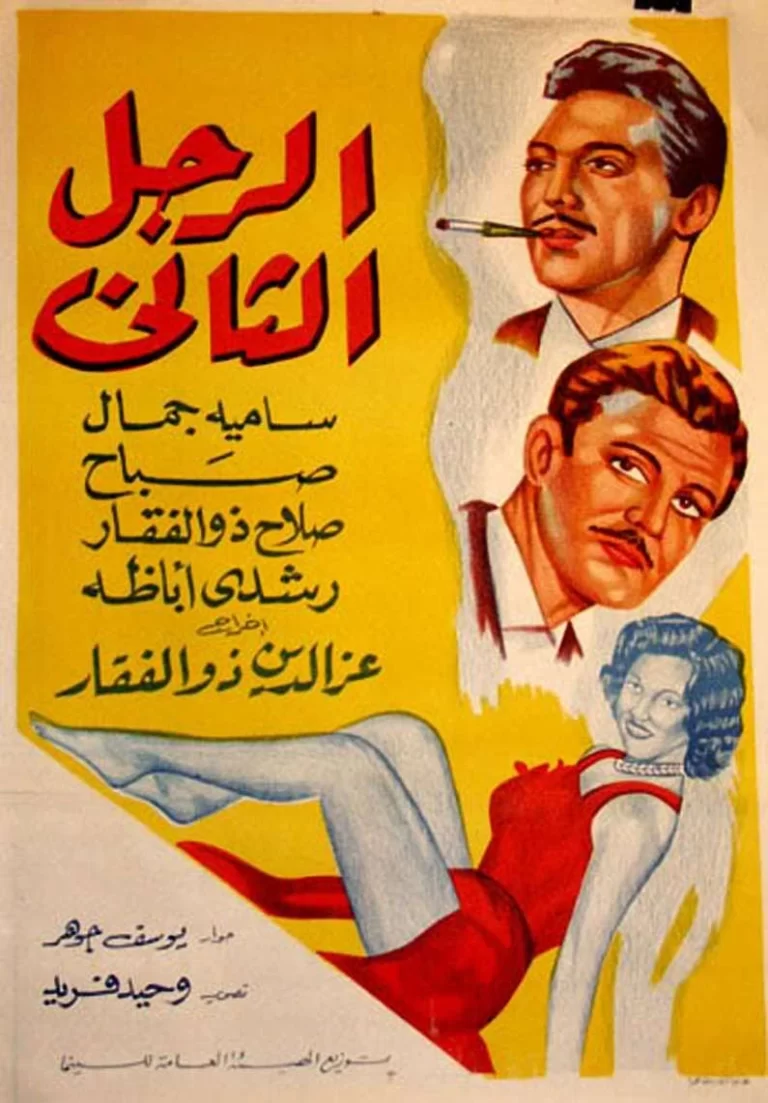Bellydance Royalty Samia Gamal
Name: Zeinab Khalil Ibrahim Mahfouz
Dance name: Samia Gamal
Date of birth: August – 22 – 1924
Date of death: December – 01 – 1994
Age at death: 70 years
Place of birth: Beni Suef – Egypt
Place of death: Cairo – Egypt
Religion: Muslim
Marital status: Married twice
Her most famous husband: Rushdi Abaza
Date of marriage: (1960-1977)
Artistic activity: 1941-1994
Her most notable film:
The Second Man
Profession: Actress–Dancer
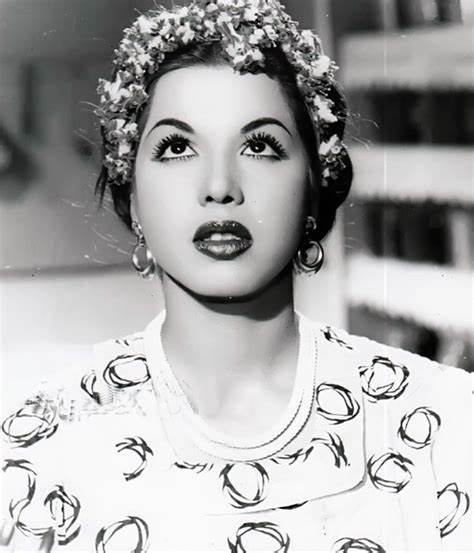
Bellydance Royalty Samia Gamal
Humble Beginnings
ZEINAB KHALIL was a young girl from the countryside. She moved to Cairo in the early 40s and suddenly appeared in the nightclub arts scene. Her first appearance was in Badia Masabny’s famous nightclub, where she presented many of today’s legends of music, dance, and performing art. Badia received this young girl, recognized her potential, and connected her with one of the most prominent dance coaches at that time, his name Jacque. Training her in the arts of Ballet, Jazz Tap, and Contemporary Modern Dance, Jacque also helped shape and develop her approach to her home-grown Egyptian Baladi style. This training prepared the young Zeinab Khalil to join the Badia corps de danse, which would perform around the queen of showtime, Badia.
That was the birth of Bellydance Royalty Samia Gamal.
Badia noticed her more and more; Samia was the dancer who could execute all the dance routines flawlessly. She could lead the corps de danse in rehearsals and performances. Then, Badia gave front-line positions and a stage name, “SAMIA GAMAL.”
During Samia’s beginnings at the Badia Masabny Club, a young dancer started a short time before and was ahead in her position in the club. She was gaining fame and admiration from the club frequenters. Her name was Taheya Carioca. Shortly after that, Badia gave the young Samia her solo spots in the show, just like Taheya, dancing and singing in different sketches alongside other performers.
A solid friendship was struck between the two rising stars: Taheya Carioca and Samia Gamal. Here are rare photographs that show their connection. They remained friends until Samia’s last day, a few years before Taheya’s.
Samia & Farid
During her work in Badia’s club, Samia also struck a strong friendship and kinship with a young singer from Lebanon, who was not yet recognized by Badia or the audience. His name was Farid Al Atrash. Eventually, the opportunity arose, and Farid had his first solo parts singing in the club. And he became increasingly admired for his unique tone and romantic compositions.
Theirs is the story of love that echoed loudly and still echoes until today. It was her first love and, most important, a story that completely changed her life.
Samia continued on her artistic road with her excellent Egyptian dancing. Aside from performing at Badia’s, she only did private and high-profile weddings and functions. She never danced in other nightclubs. Samia’s first chance at acting came slightly earlier than her colleague Taheya. It was in a film by the director Farid El Gendy. A movie called “Min Fat Adimo.” (He who has no past, has no Future).
The Flop
Unfortunately, this film did terribly at the box office. This was not the fault of any of the people involved in the movie. It’s a political theme about a particularly corrupt member of the parliament. Who became prime minister by the time the film was finished. Inevitably, the film was cut and edited by the censorship department, which left the movie as a bunch of incomprehensible, unrelated, non-sequitur picture clips.
It was released in the cinemas; however, the terrible editing made all the actors and creators of the film look very idiotic. This put Samia out of the film industry for a while. However, until she was cast in a supporting role in a minor-level movie, she managed to shine through those.
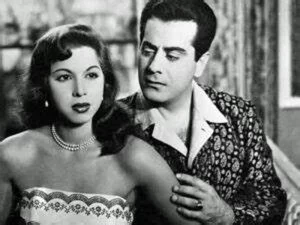
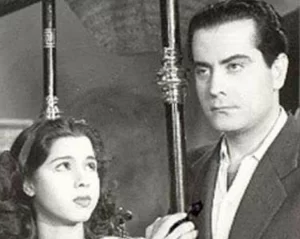
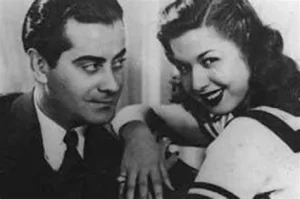
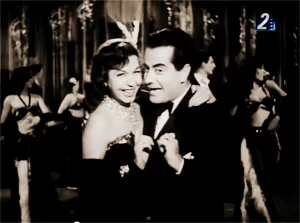
All her love
Dancing was her life’s greatest passion and centre during all this time. She searched and sought the top music creators and arrangers to make compositions for her, top choreographers to work on her dancing, and costume designers of that time. She travelled to dance in Lebanon and Syria and was very well-received, becoming a household name.
During all that time, her love story with Farid was blossoming and growing stronger.
He, too, had started in cinema, but he only had the role of performer, not a producer; he couldn’t insist on having her play opposite him in those films.
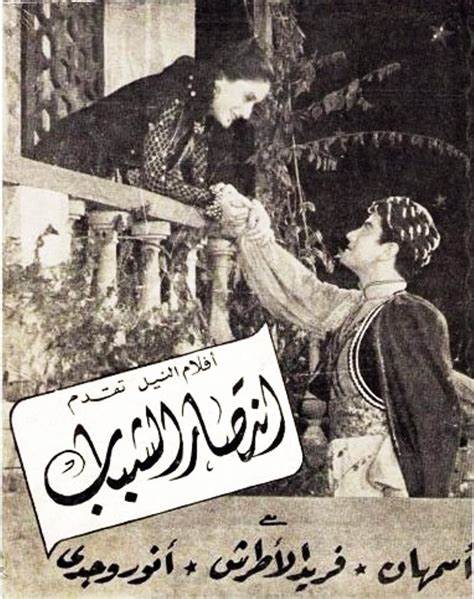
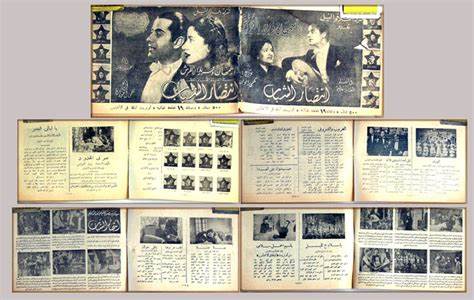
His first film was “Entisar El Shabab” (The victory of Youth), where he starred opposite Rawheyya Khaled. Following that, he did the film was “Ahlam El Shabab” (Dreams of The Youth), which starred the legendary actress Madiha Yousry. Finally, in the third film, “Gamal We Dalal” (Beauty and Coyness), he appeared with dancer Beba Ezz Eddin.
When Farid ventured into producing his own films, he could never dream of making them without the apple of his eye, Samia.
His first production was called “Habib El Omr” (The Love Of My Life).
Success came upon the two lovers like an avalanche.
Bellydance Royalty Samia Gamal
Samia and her admirers
As their love & relationship strengthened, and the flames of passion were burning intensely, so did their public appeal. But, with that, jealousy also set in.
To be precise, Samia had a wealthy admirer who tried his best to catch her attention. He tried showering her with presents, jewellery, money, and property to pull her away from Farid and have her for himself. However, Samia was honest and direct with him, telling him that her heart was locked and Farid was the only one with the key.
But that did not stop the admirer; he was relentless, trying everything he could.
They were even producing a movie about a woman who was an artist and in love with another artist.
The story ends with: the love from the man being false and pretentious, and he cheated on her. At the same time, another “true” admirer was keen on her and showered her with love & gifts, but she did not reciprocate his love. When her beloved left, letting her down, she had no one standing by her except the admirer, forgiving and loving her even more profoundly. But with the sadness of her broken heart and artistic soul, she almost reached a point of giving it all up like a sun setting. (Hinting that would be the story of Samia and Farid) The film was called “Al Ghoroub” The Sunset.
Of course, Samia understood what he was insinuating in the film; she understood his intentions in that action. However, she still accepted the leading role in the movie and presented magnificent dance performances.
Meanwhile, Samia maintains her love alive and is loyal and faithful to her beloved, Farid
Party Time
The film was released, and the preview night was when the leading artists and crew would gather and celebrate. This night the admirer (producer) planned to present her with a new contract for three new films. As well as advance checks for each movie, he would declare his undying love and make a marriage proposal.
This evening would culminate in a massive party and banquet dinner that all would remember. Unfortunately, however, Samia did not attend the evening or party.
She spent the night by her beloved’s side, laughing their heads off at his opponent.
Bellydance Royalty Samia Gamal
The end of an era
All this was at the peak of their love story and close kinship. Until the time came, Samia asked Farid when they would be married, crown their relationship and love, and do the honourable thing.
Unfortunately, he delivered what would be like a bomb, shattering her loving heart and all her dreams and hopes for the future. At that moment, a certain sparkle in her died, and a host of feelings for him shifted and got confused as her love for him was now pain.
Farid reasoned that as part of the Royal family of the Druz Mountains, marrying her would be an unforgivable shame to his people. They would go as far as killing or completely disowning him if he was to marry a dancer. Samia would have preferred to have been run by a train or would rather be dead.
She became a recluse and closed her doors, never going anywhere or seeing anyone for a while.
Still, the work opportunities continued to come and, unfortunately, were met with straight refusals. This was until she was offered to perform as a dancer in European nightclubs; she accepted and thought of it as something that would help her forget her tragic shock and heart-burning memories.
She also had a leading role next to a Lebanese singer – Mohamed Marie, who did succeed in his field, except for this one song: “La Ya Helow La” (No, my beautiful one, No).
Bellydance Royalty Samia Gamal
Another chapter
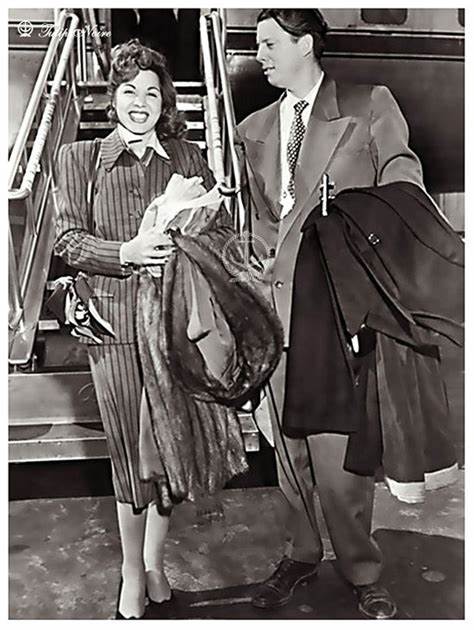
When Samia returned to Cairo, she worked in some of the clubs. It was then that she met an American gentleman named Jack King.
Jack was a ranch owner and fell head over heels in love with Samia. He asked her to marry him and move to the United States with him. Samia felt there was no reason not to marry, travel abroad, and start again. Jack converted to Islam and was now called Abdullah King. They got married, and she went to live in the United States. Samia kept in touch with her friends in Egypt but missed home.
After only one year of marriage, she filed for divorce and returned to her beloved Egypt, giving continuity to art.
Bellydance Royalty Samia Gamal
Samia's second love story
Only a few months later, Samia met Roshdy Abaza.
Roshdy was an Egyptian film star who was handsome and talented; he was the superstar of the time, the heartbreaker. And he broke many Egyptian ladies’ hearts by getting married to Samia. They had a joyful life, raising his daughter until she was married. After that, Samia retired from artistic performing.
When Samia made a short comeback to the dancing world, she was well-received. Fans and supporters celebrated her comeback into the world of stardom, the world she had always belonged to. The great Egyptian composer Mohammed Abdel Wahab threw a private party for her. Wahab had previously composed dance pieces, especially for her.
However, this artistic comeback lasted only for a short period. After that, Samia retired permanently and lived on her own until her final day.
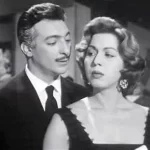
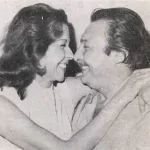
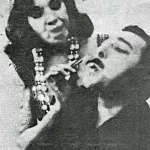

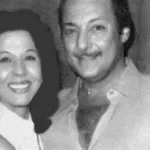
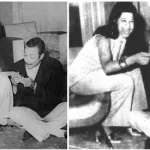

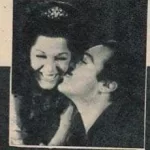
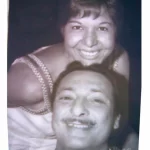

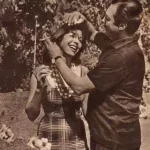
Bellydance Royalty Samia Gamal
A lasting legacy
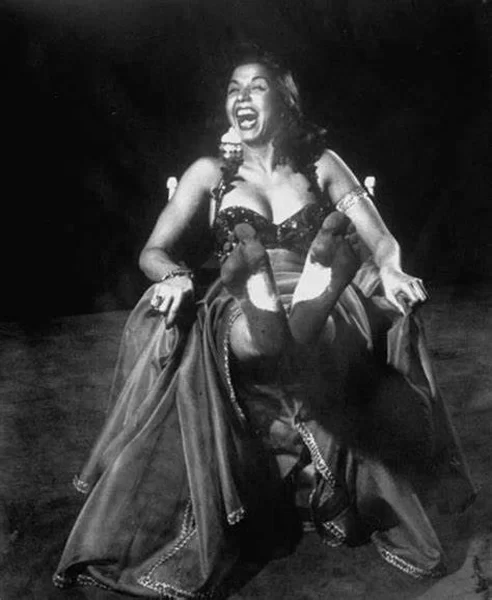
During the extraordinary and exciting artistic life of Samia Gamal, there was a significant turning in the fashion and costuming for dancing that we may take a short stop to look at. Samia was the first dancer to dance barefoot. At the time, most dancers used shoes. One night, Samia, while performing, was involved with the music, heat of the rhythm, and elaborate choreography; one of her shoes slipped off or broke. She quickly ripped off the other and danced barefoot to the end of the performance. A significant cause for admiration was expressed, and massive applause from the public, who respected her bravery and commitment to the performance. It is said that the following evening, all dancers in all the nightclubs in Cairo were dancing barefoot. Dancing barefoot was “a fashion invented by Samia Gamal.”
Bellydance Royalty Samia Gamal
King Farouk
As we are venturing into this type of story, here is one more for you: Samia & King Farouk both play a part.
Farouk was the last King of Egypt, reigning before the 1952 revolution.
This is a rumour that was invented and is NOT true. As with all royal banquets, a Dance show would be presented
mainly when there would be foreign guests and the featured highlight of the evening’s entertainment. Samia was
invited many times over, to the point that it caused some sick-minded people’s doubts, who were keen to tarnish
the King’s reputation and have him as a womanizer.
They named Samia “The Official Royal Dancer Of Egypt.”
However, various trusted sources close to Samia confirmed that that was never true. Though he may have explicitly
called to dance in his banquets, he had never passed on more than admiration for one of his country’s prominent artists.
I personally believe she IS Dance Royalty, and the title is fitting, although for completely different reasons.
Samia's Bits of History
1958
Samia Gamal marries Rushdy Abaza, one of the biggest stars in Egyptian cinema.
She follows on to star in several films by his side, including the box-office hit “The Second Man” ( El rajul el thani-1959)
They played alongside Egypt’s iconic actor Salah Zulfikar.
Salah is one of the most successful actors from Egypt. He was popularly called “Fares al Ahlem”, meaning the Knight of the Dreams, and Sabah, a renowned actress-singer named the “Shahruret-el Wadi”, Songbird of the Valley. The film was directed by the legendary Egyptian director Ezz El-Dine Zulficar.
This movie became an Egyptian masterpiece and was the most successful role of Samia’s career.
In 1972, she retired from dancing; she was nearly 50 years old but began again after being encouraged by Samir Sabri. She danced until the early 1980s.She follows on star in several films by his side, including the box-office hit.
Dificult times
Samia lived a difficult childhood full of suffering. When she was a young girl, her mother died, which forced her father to marry another woman, and from here, the suffering began. Her stepmother treated her badly and used to beat and humiliate her for the smallest of reasons. Education, but she did not care about this and wanted to take care of her talent, especially since she was a lover of showmanship, and she continued to train herself even in the most difficult circumstances.
A story that will never be forgotten
Despite the incompleteness of the great love story between Samia Gamal and musician Farid al-Atrash, this story is considered one of the artistic community’s most famous and beautiful love stories. Years, and even though she had not joined the artistic community, she saw the boy of her dreams in him. When fate allowed her that her first movie in front of him, the love increased within her. Still, she never authorized it, and the name Samia began to grow in the artistic community. Farid Al-Atrash used her as a beautiful duet.
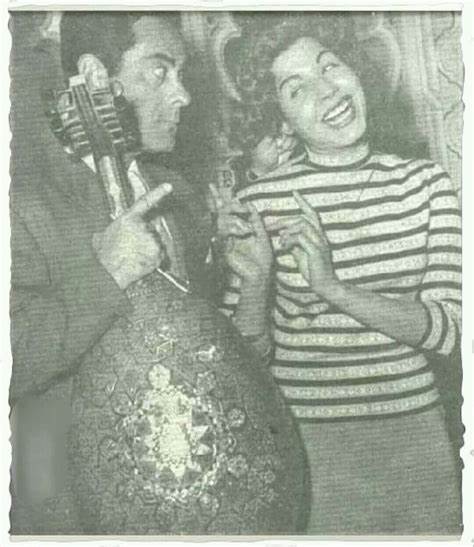
The reproach
Farid began to feel Samia’s love for him, but he did not show interest. He continued to deal with her only as a colleague until she confessed her love to him. After that, Farid began to change his view of marriage and thought seriously about marrying her.
Whenever she commented on the matter, he evaded her. Until he met one of his friends who criticized him and told him how a person considered one of the kings of Lebanon could tnhink of marrying a dancer? Farid decided to leave Samia Gamal. The strange thing is that he never married throughout his life. As a result, Samia suffered a very bad psychological condition after his death. Even before her death, she did not forget the first love in her life.
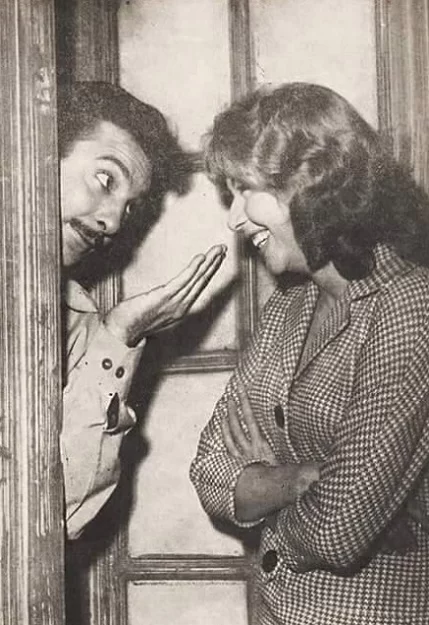
Almost a happy ending
After separating from her American husband, who stole all her money, Samia Gamal felt very sad and lonely. During this period, the artist Rushdy Abaza began to approach her. She did not know that this friendship would turn into a true love story. Samia was surprised by Rushdy ‘s offer to marry him. She was the longest marriage in Rushdy’s life, lasting more than 17 years.
Despite her suffering from his relations with other women and his alcohol addiction, she remained by his side. She did not leave him, but the divorce occurred after Rushdy travelled to Lebanon to film a movie. Then the news of his marriage to Sabah was leaked, which angered her greatly and made her ask for a divorce immediately. However, he did not agree because of his intense love for her. Still, Samia separated from him after her insistence and did not marry again until her death.
Bellydance Royalty Samia Gamal - Immortal legacy
Throughout her life, Samia Gamal was one of the most interested artists in physical fitness. She was on a diet since her artistic inception. She avoided eating a lot of food, making her suffer from great weakness and a lack of haemoglobin, which resulted in her hospitalization several times until she constantly lost consciousness. Her death was announced on December 1, 1994, leaving us immortal works of art to this day.
More articles
Choose your
your membership
Lite
£14.95 / Per Month
An open door to start in this Dancerie!
*Access to Fun Friday – 1 monthly class recording
*Access to Golden Era HQ full library
Opal
£39.95 / Per Month
Great for those with basic experience
*Access to Open Level Tuesday live Zoom weekly classes.
*Access to a year’s worth of Open Level Tuesday weekly class recordings
*Study materials, references and more.
* Plus Everything in Lite
Golden
£39.95 / Per Month
Great for Golden Era Belly Dance fans and higher-level experience.
*Access to Golden Mondays live Zoom weekly classes. 7 pm UK time.
*Access to a year’s worth of Golden Mondays weekly
class recordings
*Study materials, references and more.
* Plus, Everything in Lite
Vip
£69.95 / Per Month
Full Package!
Great for those who want to delve deep into Belly Dance and its different genres.
*Everything in Lite, Silvery, Golden.
*Plus: All courses and workshops on Demand





